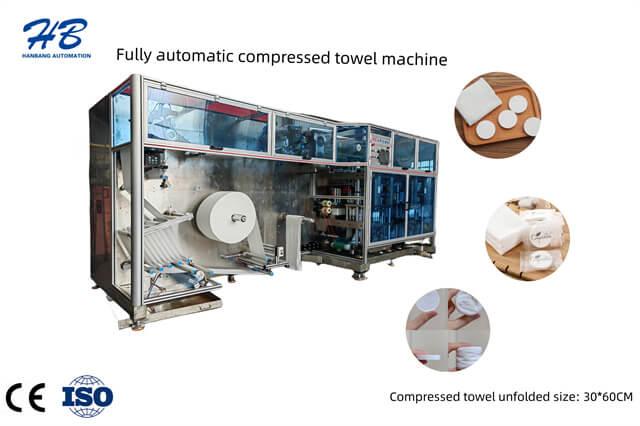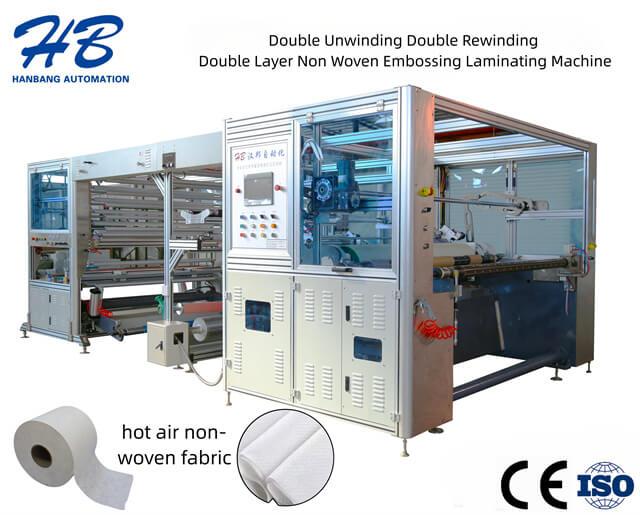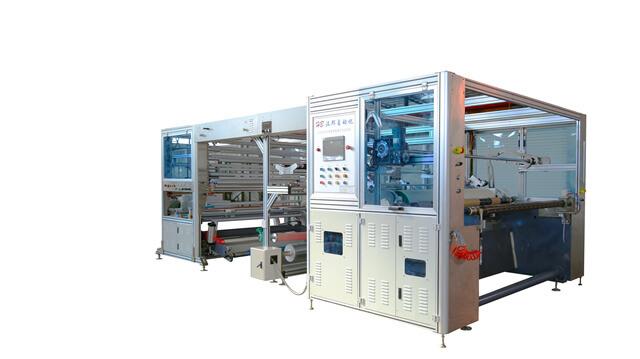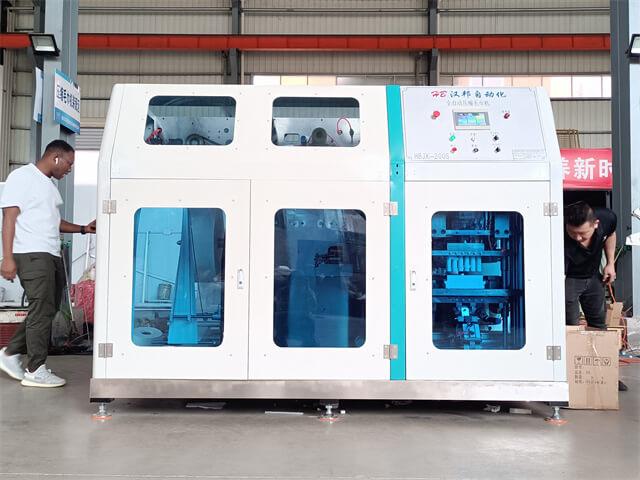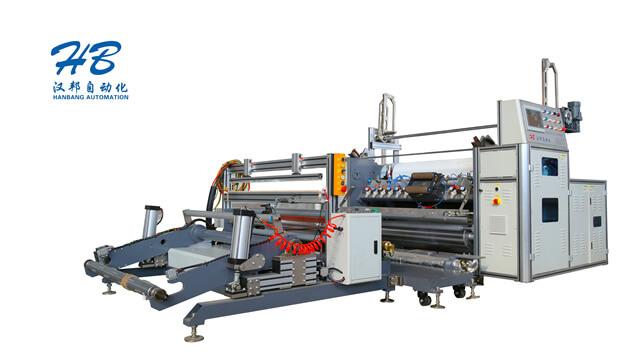Author:HB Nonwoven MachineryFROM:Compressed Towel Machine Manufacturer TIME:2023-11-21
Non woven composite embossing machines are an essential part of the hygiene product industry, specifically in the production of diapers and sanitary napkins. These machines play a crucial role in creating the embossed patterns on the non woven fabric used in these products, providing enhanced functionality and comfort. To ensure the longevity and optimal performance of the embossing machine, it is important to follow maintenance and care tips. This article will provide valuable insights into maintaining and caring for a non woven composite embossing machine.
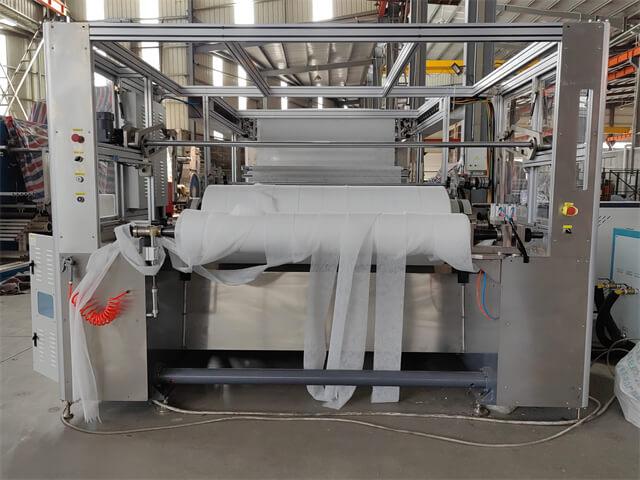
Cleaning the embossing machine regularly is paramount to maintain its efficiency and prevent the build-up of dirt and debris. Use a soft cloth or brush to remove any residual material from the machine's surface. Pay close attention to the embossing rolls and ensure that they are thoroughly cleaned.
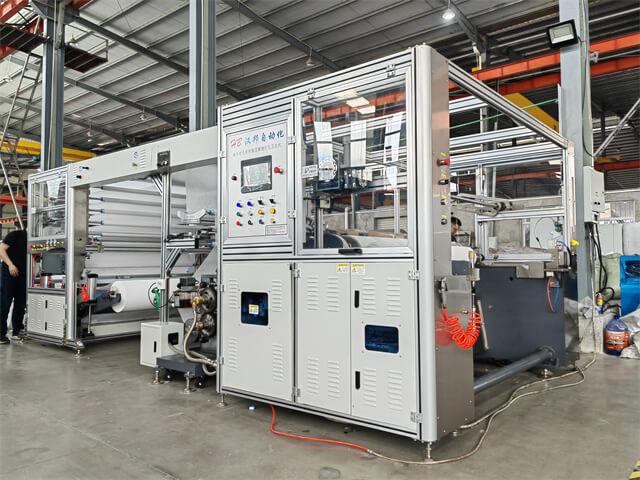
Lubrication is essential to keep the embossing machine running smoothly. Apply lubricating oil to the moving parts, such as the rollers and bearings, according to the manufacturer's instructions. Regularly check the oil levels and refill as needed. This will prevent excessive friction and prolong the lifespan of the machine.
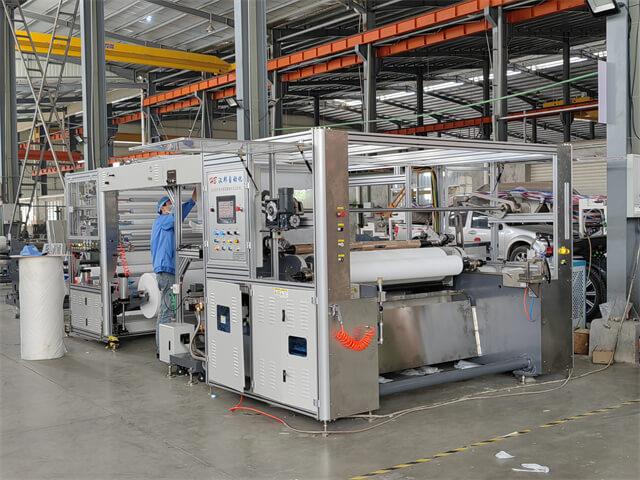
Periodically inspect all the components of the embossing machine to identify any signs of wear and tear. Check the embossing rolls, belts, and gears for any damage or misalignment. Replace any worn-out or damaged parts promptly to avoid further issues and ensure consistent embossing quality.
Calibrating the embossing machine regularly is necessary to maintain the desired embossing pattern and depth. Use the appropriate tools and follow the manufacturer's instructions to calibrate the machine accurately. Regular calibration will ensure consistent product quality and customer satisfaction.
Proper training of the machine operators is crucial to ensure the optimal operation of the embossing machine. Train the operators on safety protocols, maintenance procedures, and troubleshooting techniques. This will minimize the risk of accidents and equipment damage while maximizing productivity.
The embossing machine should be operated in suitable environmental conditions. Ensure that the ambient temperature and humidity levels are within the recommended range specified by the manufacturer. Extreme temperatures or high humidity can affect the performance of the machine and the quality of the embossed fabric.
Develop a preventive maintenance schedule for the embossing machine, outlining specific tasks to be performed at regular intervals. This schedule may include cleaning, lubrication, inspection, and calibration. Adhering to this schedule will help identify potential issues before they escalate, minimizing downtime and costly repairs.
In case of any major repairs or issues beyond the scope of routine maintenance, it is advisable to seek professional service. Engage a qualified technician or contact the manufacturer's service center for assistance. This will ensure that the embossing machine is repaired correctly and promptly.
Maintaining and caring for a non woven composite embossing machine is essential to ensure its longevity, reliability, and optimal performance. Regular cleaning, lubrication, inspection, calibration, and operator training are key aspects of its maintenance. Adhering to a preventive maintenance schedule and seeking professional service when needed will contribute to the smooth operation of the machine and consistent production of high-quality embossed fabric.
